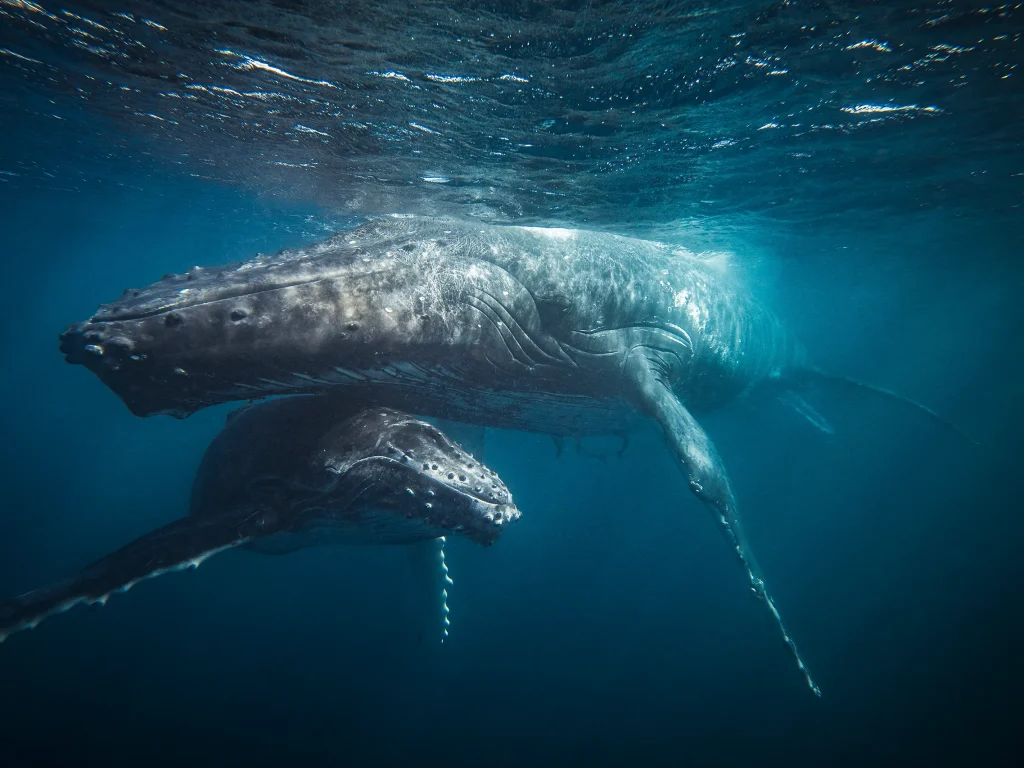Context:
Recently, the Indian government signed the Biodiversity Beyond National Jurisdiction Agreement (BBNJ), also known as the High Seas Treaty, but has not yet ratified it.
More on the News
- The treaty, negotiated last year, is meant to reduce pollution and conserve biodiversity and other marine resources in ocean waters.
- It is formally called the Agreement on Conservation and Sustainable Use of Marine Biological Diversity of Areas Beyond National Jurisdiction.
About The High Sea Treaty
- The UN High Seas Treaty, also known as the Agreement on Biodiversity Beyond National Jurisdiction (BBNJ), was agreed upon in March 2023.
- It is open for signature for two years, starting September 2023.
- It is an international treaty under the United Nations Convention on the Law of the Sea (UNCLOS) of 1982.
- The treaty aims to address the conservation and sustainable use of marine biological diversity in areas beyond national jurisdiction, commonly known as high seas.
- The High Seas Treaty requires ratification by at least 60 countries to enter into force as an international law.
- It becomes effective 120 days after the 60th ratification is deposited.
- Out of 196 UN member countries, 92 have taken no action, 104 have signed the treaty, and 13 have ratified it.
- The BBNJ Agreement is the third agreement to be approved under UNCLOS, following the 1994 and 1995 treaties that established the International Seabed Authority and the Fish Stocks Agreement.
What are High Seas
- The high seas refer to the ocean water column beyond the boundaries of any country, also known as Areas Beyond National Jurisdiction (ABNJ).
- They constitute about 64% of the total ocean area and are considered global commons.
- They are home to a wide variety of biodiversity. Despite this, less than two percent of the world’s high seas are protected by law.
- Activities in the High Seas are governed by international law, specifically the United Nations Convention on the Law of the Sea (UNCLOS).
- UNCLOS guarantees certain freedoms for all nations on the High Seas, including:
UNITED NATIONS CONVENTION ON THE LAW OF THE SEA (UNCLOS)
- Adopted and signed in 1982, it came into force on November 16, 1994.
- It is an international treaty regulating the global seas and oceans.
- It aims to ensure conservation, equitable resource usage, and protection of marine environments and living resources.
- Navigation – Freedom of navigation allows ships and aircraft to travel freely on the High Seas.
- Fishing – Fishing is permitted, but regulations are increasingly being implemented to ensure sustainability.
Significance of the High Seas Treaty
Addresses Critical Marine Issues:
- Tackles increasing sea surface temperatures, overexploitation of marine biodiversity, overfishing, coastal pollution, and unsustainable practices beyond national jurisdiction.
Establishes Marine Protected Areas (MPAs):
- Creates MPAs to protect oceans from human activities.
- Decisions on MPAs require a “three-quarter majority vote,” preventing blockage by one or two parties.
Fair Sharing of Benefits:
- Mandates the sharing of scientific information and monetary benefits from marine genetic resources.
- Implements a “clear house mechanism” to provide access to information on MPAs, marine genetic resources, and area-based management tools for all parties, enhancing transparency and cooperation.
Capacity Building and Marine Technology Transfer:
- Supports capacity building and transfer of marine technologies to developing countries.
- The Scientific and Technical Body will establish standards and guidelines for environmental impact assessments, assisting countries with less capacity.
Environmental Impact Assessments:
- Ensures the implementation of mandatory environmental impact assessments for potentially harmful activities.
- Facilitates the conference of parties to track future impacts, identify data gaps, and prioritize research.
Global Initiative Alignment:
- Supported by the High Ambition Coalition, which includes over 100 countries such as India, the US, and the UK, focusing on the ‘30×30’ goal—protecting 30% of the ocean by 2030.
- Aligns with the UN Biodiversity Conference COP15’s agreement to protect 30% of the planet’s lands, coastal areas, and inland waters by the end of the decade as part of the Kunming-Montreal Global Biodiversity Framework (GBF).
Challenges faced by the High Seas Treaty
Marine Genetic Resources Contention:
- Debate over-sharing and exchanging information on marine protected areas and management tools.
- Prolonged negotiations due to disagreements on monitoring provisions and licensing schemes for bioprospecting research.
Debate Over Definitions:
- Dispute over the use of terms like “promote” versus “ensure,” particularly regarding the fair sharing of benefits from marine genetic resources.
Adjacency Issues:
- Concerns from coastal states regarding varying national jurisdictions overseas.
- Debate on special provisions for sovereign rights over seabed and subsoil beyond national jurisdiction, impacting the interests of landlocked and distant states.
Opposition to the Treaty
- Opposed due to support for private entities leading advanced research and development in marine technology.
- Concerns over patents related to marine genetic resources held by a small group of private companies.
- Russia withdrew from consensus, arguing it does not adequately balance conservation and sustainability.
Way Forward
- Enhanced Diplomatic Engagement: Foster continuous and transparent dialogue among all stakeholders, including coastal and landlocked states, to build consensus and address concerns about the treaty.
- Consistent Terminology: Standardize terminology to avoid ambiguities and ensure a common understanding among all parties.
- Regional Cooperation Frameworks: Establish regional cooperation frameworks to address the concerns of coastal states about varying national jurisdictions and ensure equitable management of adjacent maritime areas.
- Supporting Developing Countries: Provide technical and financial support to developing countries to enhance their capacity for marine conservation and sustainable use of resources.
- Strengthening the Scientific and Technical Body: Empower the Scientific and Technical Body to provide guidelines, standards, and support for countries conducting EIAs, particularly those with limited capacity.

